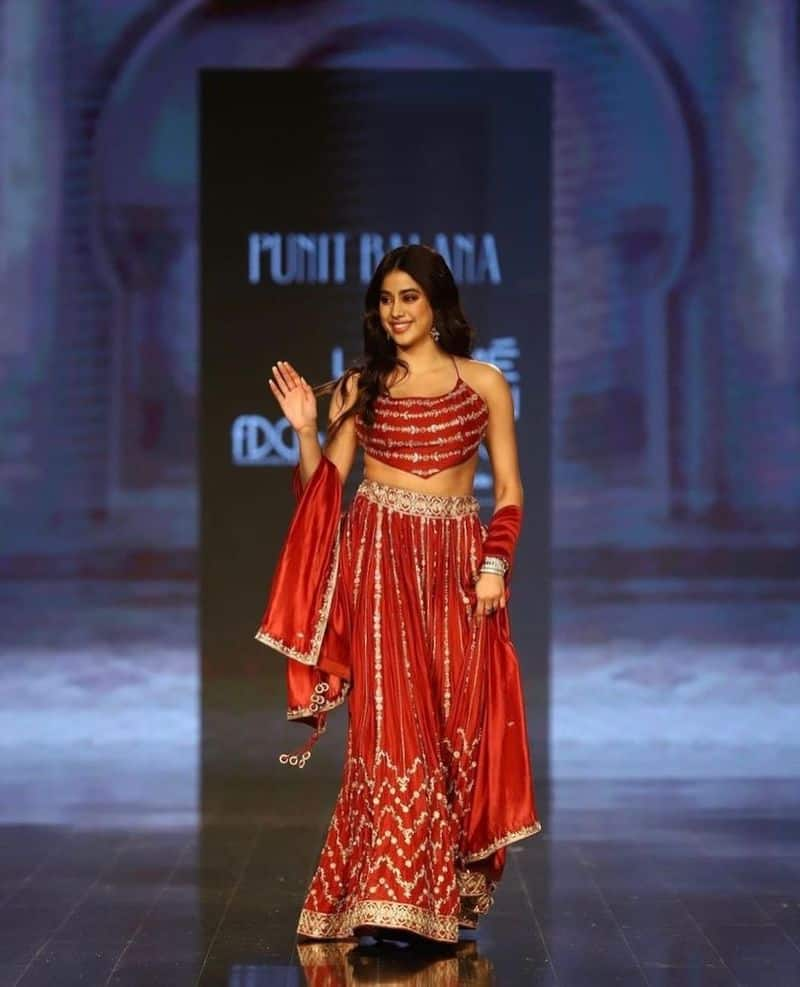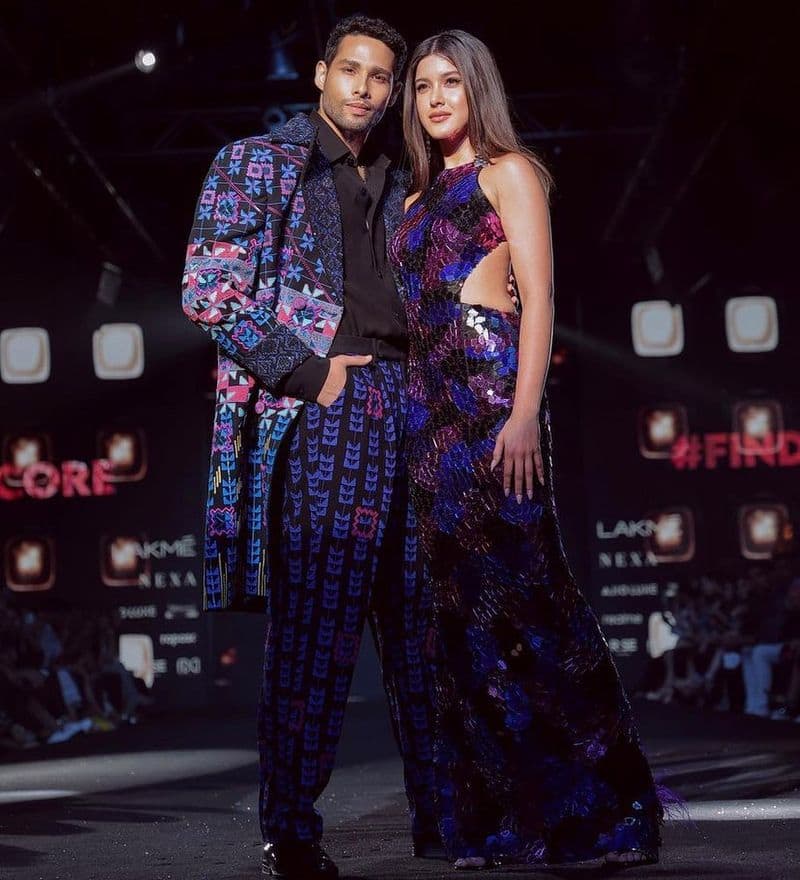A week ago, I was sitting in the front row seat of the National Stadium as Delhi hosted one of the biggest fashion events of the country. The event, christened as Lakme Fashion Week was happening for the first time in Delhi and was the first upscale event in the two years of pandemic. Everyone’s excitement was at its peak to see what’s new in the store, which fabrics are going to occupy the centrestage, what are the buzzing trends, and most importantly — who are the showstoppers.
Safe to say, it was quite a coveted one, for it saw a series of celebrities and influencers from South Delhi’s echelons dressed their best and walking through the runway to the atelier in their stylised outfits and sky-high heels.
As the shows of this five-day long event rolled out one after the other, the stage was lit with models walking confidently with the right kind of pizzazz in their extravagant, surreal outfits.
Truth be told, from what I have seen, fashion weeks are a mess. Rather, they are a week full of chaos, specially for those walking on the stage. With a gazillion eyes and cameras piercing through their bodies, noticing every step of theirs, looking on to their each movement, observing the way their hands, hips, waist moves — the gaze of the huge cameras as well as our eyes can quite be jarring for the models. Yet, they walk, show after show they keep on walking and changing from one outfit to the other for it pays them – sometimes well and sometimes not. They walk beautifully but they trip and fall and slip too, either because of footwear that doesn’t fit well, heels that are too high, the ramp that’s too slippery, and sometimes because they are tired from the constant rush of changing and walking and then changing again.
Remember the eyes and gaze I talked of? That eagle’s eye scanning the models from head to toe? I am guilty of doing that too. Not gonna lie, I had my camera ready with everything set in place — from the focus to just the right amount of brightness I needed. I clicked images, took videos, cropped and cut as I compulsively posted it all on my social media. No, I’m no fashion influencer or blogger and have just 88 followers on Instagram. Still I gave constant updates and posted stories back to back of what the designer exhibited as if I owe it to my 88 followers. In the moments when I chose to put down my camera, sit up straight and turned my head from right to left and then left to right as I followed the line-up, I heard people around me talking designs, hairstyles, what they liked and what not, the figure of the model, their abs, legs and all of their body. “Her legs are so perfect and sculpted” said one, whereas the other said “She looks like a stick”.

Models have since time immemorial been objectified and commodified. Why else would these people walk the ramp anyway? Additionally, in our country, celebrities and those belonging to the country are just as objectified and commercialised. The biggest driving factor of this event was the actors and actresses who walked the ramp as the hustle to get an exclusive interview or a picture with the stars is real. A week prior to the fashion week, media started going gaga over the list of celebs who were to walk as it included industry’s newbies Janhvi Kapoor, Shanaya Kapoor, Siddhant Chaturvedi, and Kriti Sanon amongst others.

Also read: Bollywood’s Cultural Propaganda Against India’s Marginalised
Models have since time immemorial been objectified and commodified. Why else would these people walk the ramp anyway? Additionally, in our country, celebrities and those belonging to the country are just as objectified and commercialised. The biggest driving factor of this event was the actors and actresses who walked the ramp as the hustle to get an exclusive interview or a picture with the stars is real. A week prior to the fashion week, media started going gaga over the list of celebs who were to walk as it included industry’s newbies Janhvi Kapoor, Shanaya Kapoor, Siddhant Chaturvedi, and Kriti Sanon amongst others.
The obsession of seeing and touching these stars knows no bounds in our country and as expected, the event quite rightly proved it. People and media persons pushed and pulled to get ahead in the line, to just have a closer look at the actor they see on the big screen, and to get a photo with them even if it is just a selfie taken from afar.
So I see these industry’s big names walk and twirl, give interviews, and smile for the camera. Just like the models, more than the clothes these actors wear, it is their looks and bodies that end up getting critiqued more. After watching Janhvi Kapoor on the ramp, a middle-aged woman observed how “these actors look so skinny on the screen but aren’t that slim in real life”. Another woman validated what she said by saying “these actors work out so much but they still have fat”. Funnily, even the Miss Universe was not prone or safe from people’s judgements and comments. As Harnaaz Sandhu walked the ramp for a designer, she got trolled by the media and those around for “how fat she looks and how did she even win the pageant being so fat”. Articles kept on rolling one after the other on the internet and people kept on mocking until she opened up about Celiac Disease. Such is our desire and obsession for that perfect figure that when we as audience, especially in a fashion-based setup see someone navigating over and beyond the size we are so used to seeing, we almost act as gatekeepers who cannot allow it to happen.

Also read: Infographic: How Can The Fashion Industry Become More Inclusive?
That’s also why to ensure inclusivity and to make the event an all size inclusive one, the only time when plus size models got their space in the show was in a separate, designated “Plus Size Show” which in itself is problematic.
Demarcating and dividing humans, here models and actors, as slim and fat or plus size or tall and short is exactly where the fashion industry fails to achieve its desire of having an inclusive space. And it is quite a bummer because expecting acceptance, wider representation of all sects, and a sensitised and humane show after a two year’s hiatus was not too much to ask for after all.
A student of Convergent Journalism at AJK MCRC Jamia Millia Islamia, Sanjana Chawla uses words to express and present herself. A freelance writer and content creator, she writes across beats and is always on a lookout for stories on women, culture, society, lifestyle, and entertainment. You can find her on Instagram and follow her work account here.
Featured image source: Filmibeat




